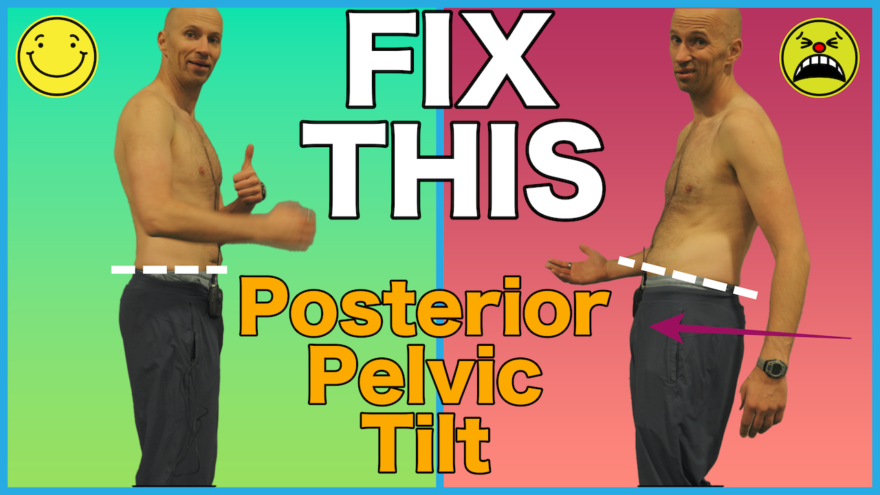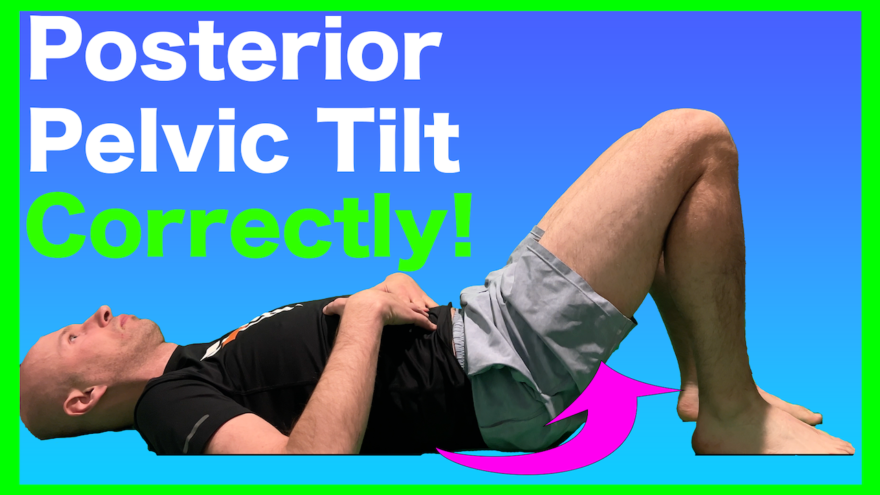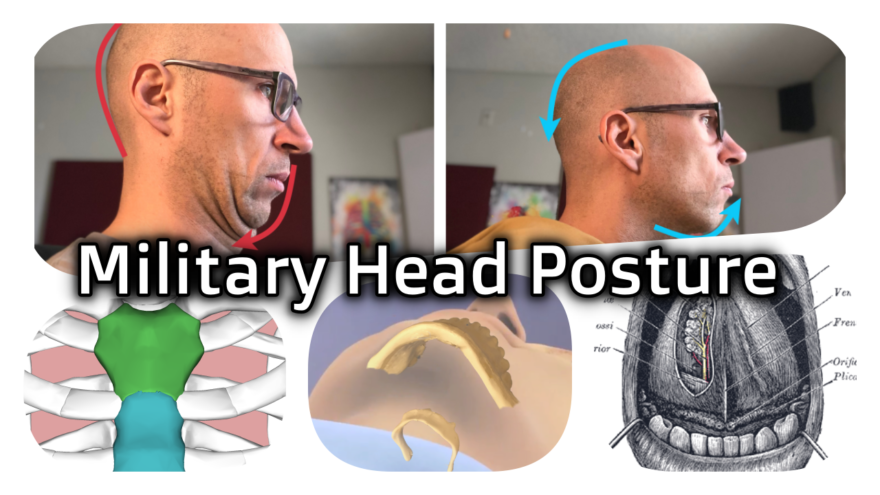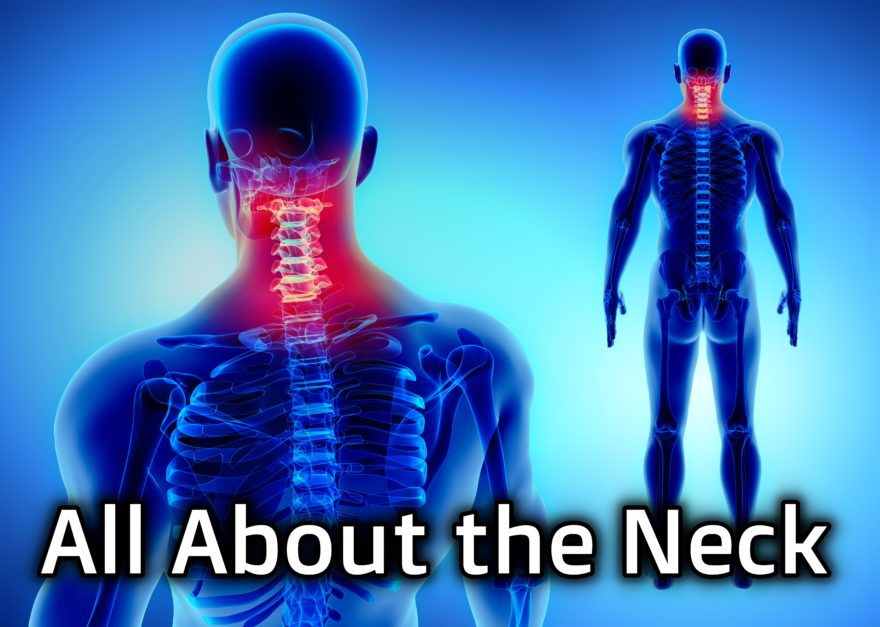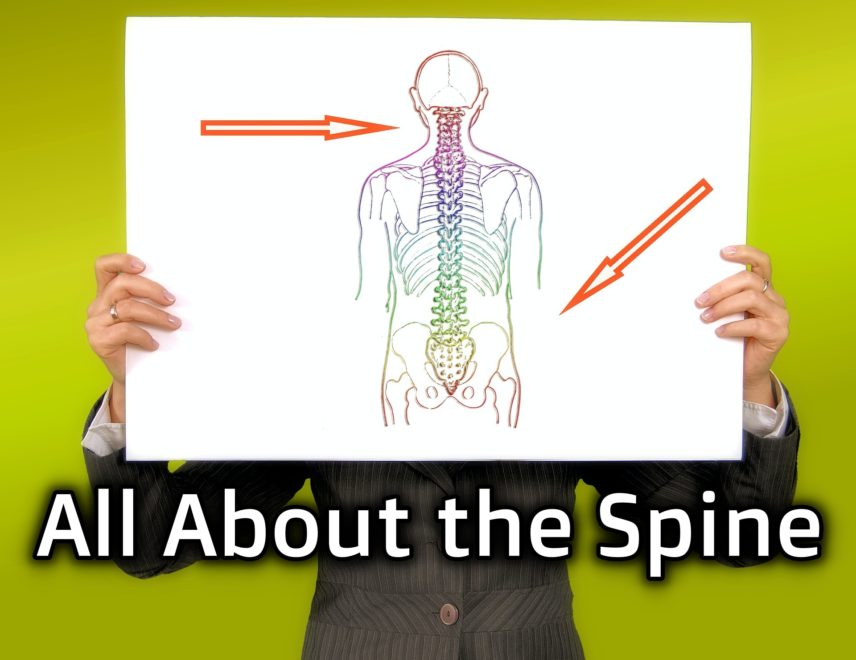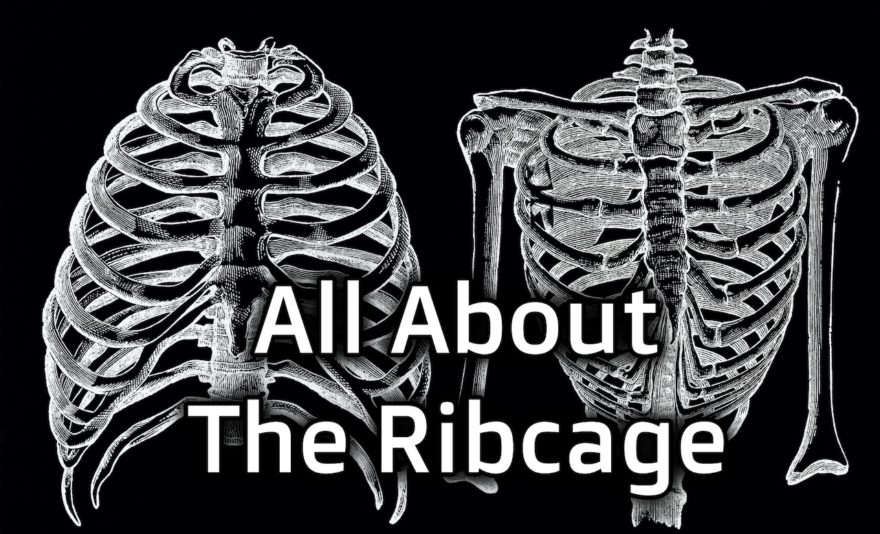Is there more to getting rid of a pooch belly than just losing weight? Are you someone who despite your best efforts has the lower part of your abs sticking out (aka a pooch belly)? Maybe you’ve tried to lose weight, but it still remains. What if there was a way to improve this area that didn’t involve extreme weight loss? I think there is, and there’s research to show it. In this post, you will learn how movement and body structure can influence where your abdominal contents sit (one underappreciated reason for the pooch), and how we can use movement to potentially improve this posture. Intrigued? Check out the post and video below to learn more.
Read More
